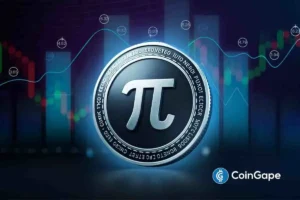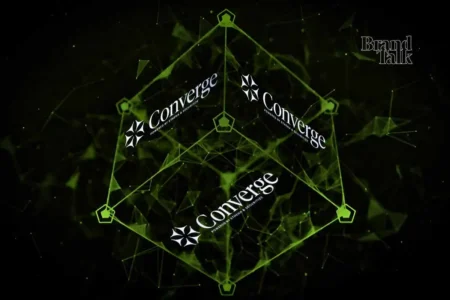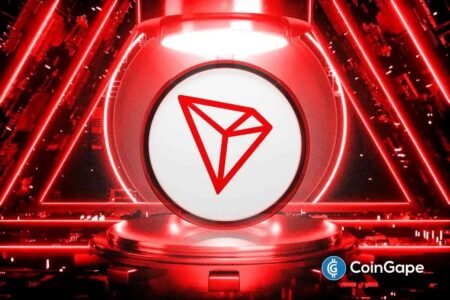Optimum Funding is a Web3 infrastructure startup that aims to address the issue of blockchains being stateless. With blockchain technology, each transaction or smart contract execution is isolated from others, meaning that they cannot “remember” previous interactions unless data is stored on-chain. This can be inefficient and costly for decentralized finance (DeFi) applications. Optimum aims to solve this problem by building a “memory layer” that will allow users to store their staking history, balance, and preferences, making it easier to track and interact with their portfolios.
In a recent funding round, Optimum raised $11 million led by top crypto investors like Maven 11, 1kx, and Galaxy Ventures. This funding will be used to expand the team, enhance developer tools, and roll out the core infrastructure of Optimum’s memory layer across multiple ecosystems. The investor lineup reflects the growing interest in data infrastructure in the Web3 space. Optimum’s mission is to enable instant and permissionless access to historical on-chain data across all major blockchains.
Blockchains face the challenge of not being optimized for storing or querying massive amounts of historical data, leading to bottlenecks and lack of verifiability. Optimum aims to address this “amnesia problem” by developing a composable memory layer that allows developers and smart contracts to fetch historical data quickly and trustlessly. This will enable detection of suspicious behavior like sandwich attacks, MEV patterns, or recurring exploits that are difficult without historical memory.
Optimum’s memory layer operates as an abstraction over multiple blockchains, using advanced cryptographic techniques to ensure data integrity and composability. Developers can ask questions directly on-chain without relying on centralized APIs, providing modern computing type storage capabilities to blockchains. The memory layer is designed to work across various blockchains, positioning Optimum as a universal data availability protocol.
The team at Optimum plans to launch a testnet version of its memory layer by Q3 2025, starting with support for Ethereum and Solana. The full mainnet rollout is scheduled for early 2026, along with an SDK and query language for developers. They are also exploring incentive models to decentralize data provisioning, potentially offering token rewards for nodes that contribute to the memory network. As blockchain technology evolves from raw ledgers to intelligent state machines, Optimum aims to be the memory that powers the “world computer” of Web3.

















